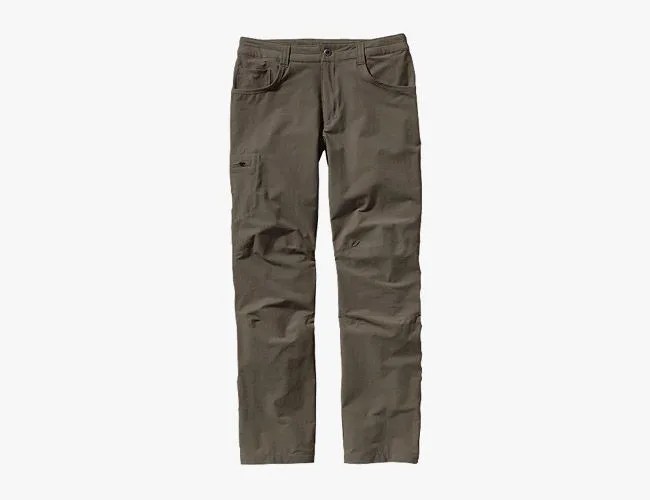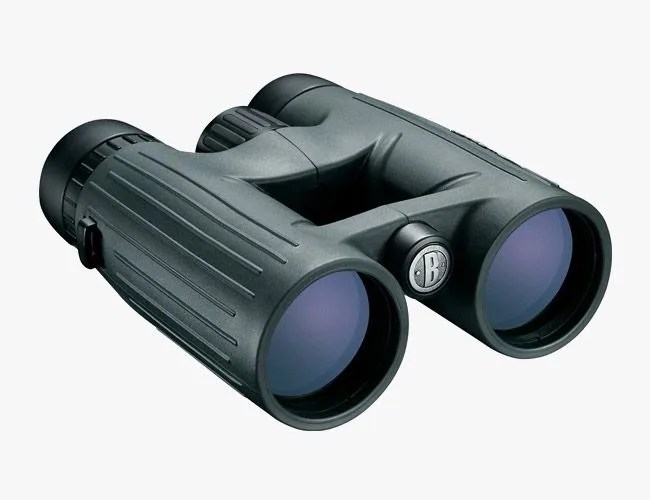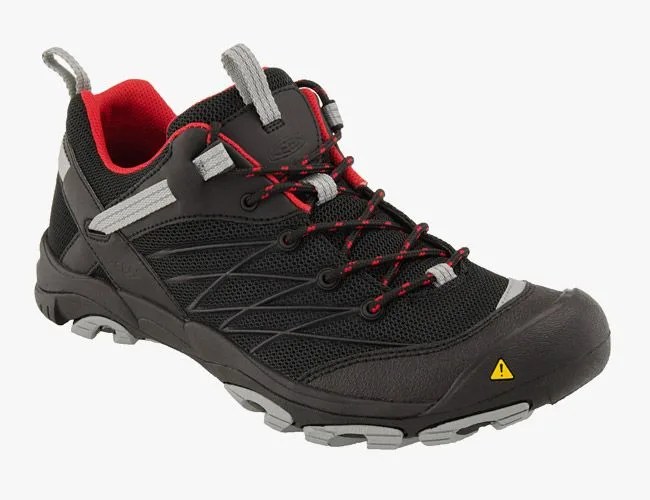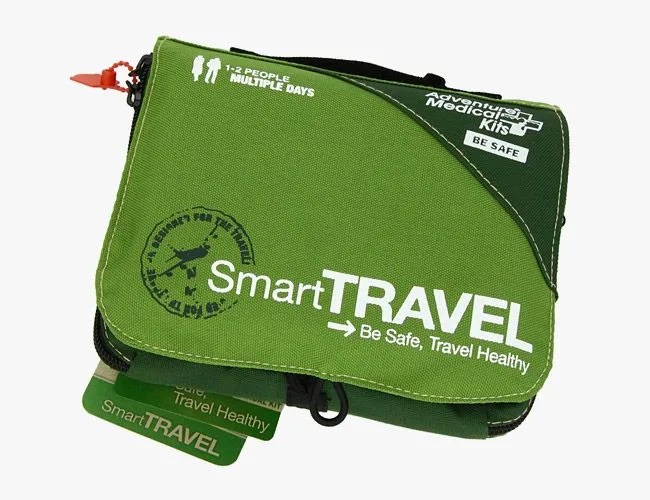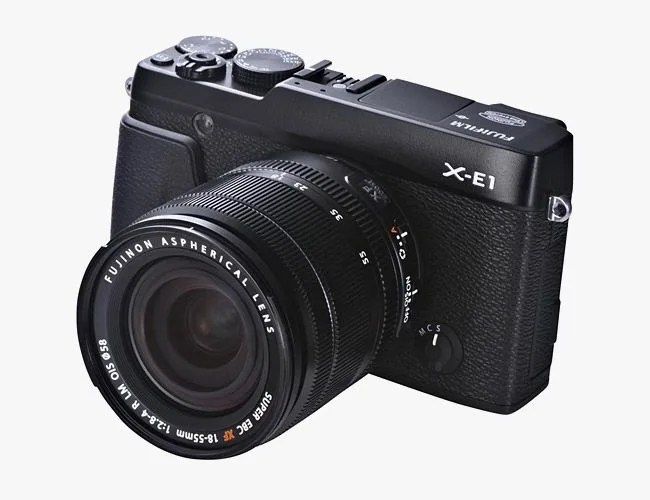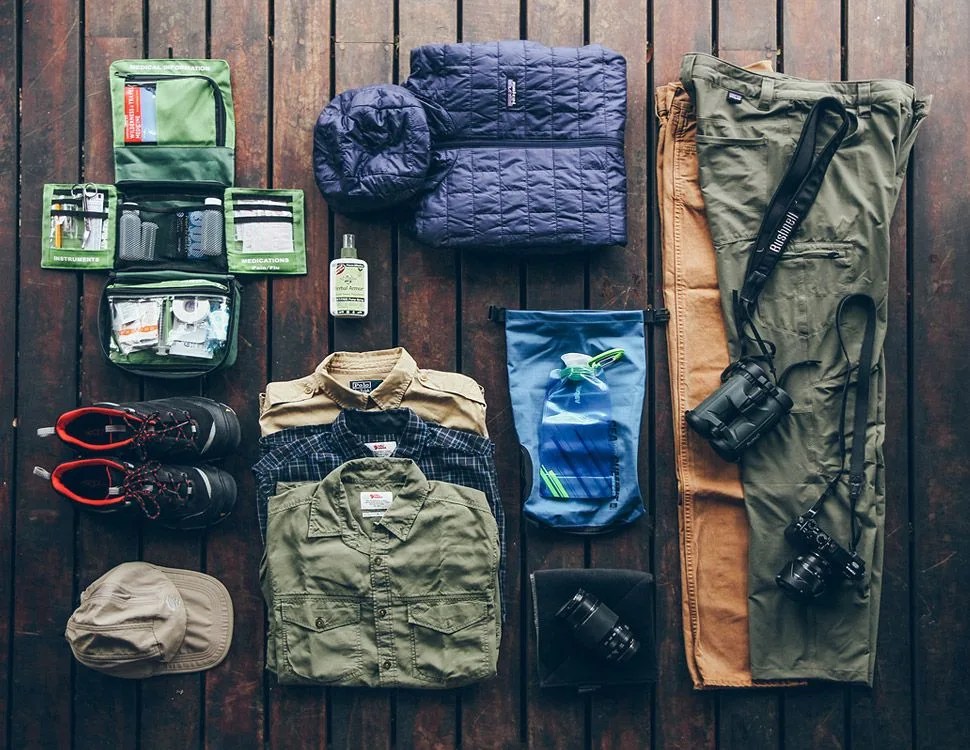
Traveling to much of Africa is intimidating. International headlines, along with advisories posted by national embassies and agencies like the CDC, don’t often paint the rosiest picture. Then there’s the mandatory precautionary vaccinations — some of which you can bet your regular doctor doesn’t have, and those that can require vigilance even after you return (like Malaria). Getting any necessary Visas often involves mailing your passport off to DC, which is rarely a speedy affair, either. Neither is exchanging currency. Virtually no bank maintains stores of African currencies on site, so exchanging your money ahead of time requires a few days of planning, at least for those stateside. And what about the uncertainties around the basic standards of living many of us take for granted, like access to clean water and electricity? Or that minor details like communicating with locals once you’ve arrived?
South Africa’s history is undeniably dark; its decades of racial strife and segregation are well documented. The ramifications of this history are still widely felt, but so is the work of the late Nelson Mandela; since his inauguration in ’94, the country has come to establish itself as a gateway to the larger continent for travelers around the world, minimizing some of these travel concerns. A Visa isn’t required for visitors from the U.S. or the E.U. Vaccines are usually strongly advised, but mainly for cautionary purposes. While there are a whopping 12 official languages in South Africa, English is taught in most schools and spoken to some degree by many there. Clean water isn’t a problem in major cities and tourist destinations. The same goes for power, though plugging in anything does require a unique, hilariously bulky power adaptor used by only a tiny fraction of the planet.
Still, when it comes to packing for a South African safari, smart planning is important, particularly during the winter high season. Getting to most of the popular safari destinations requires a puddle-jumper or two, with strict weight and size restrictions around checked baggage. Most lodges and camps have complimentary laundry service, so you can pack light for long trips. Packing versatile clothes is what’s important. Temperatures vary wildly during this time of year, with days in the mid 80s sandwiched between chilly mornings and evenings. Instead of blowing your vacation budget on the most technically advanced clothes on the market, bring a few well-designed items: a light but warm jacket, clothes that layer well, that boast quick-drying materials and vents. Stick with neutral, natural tones if possible. The dust kicked up in game drives can dirty up lighter clothing fast. It also stands out in the bush; red has been known to signal aggression in animals. Black and blues, meanwhile, attract tsetse flies (luckily they’re not an issue on the Sabi Sands reserve).
Everything you need is on the next page.
Fjallraven Abisko Shirts
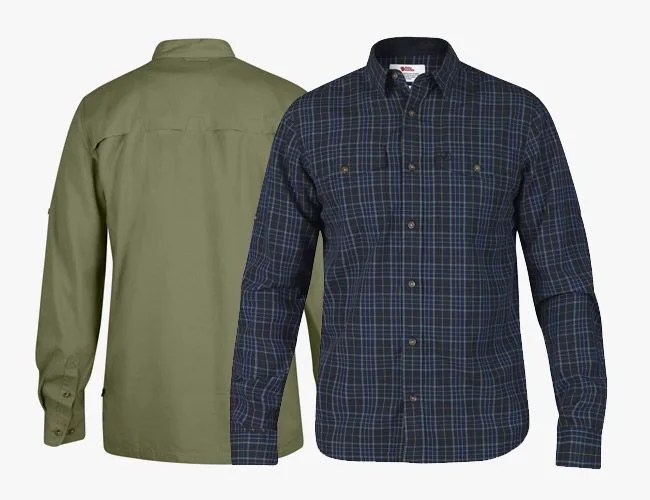
Whether you’re into the full safari look or prefer something slightly more contemporary, Fjallraven’s Abisko shirt series has you covered. Both are lightweight, offer UPF 30+ sun protection and include roll-up arms for the heat of the day. The vent shirt also includes details like a ventilated back yolk, mesh gusset underarms and hidden zip-under front pockets for cash or a credit card.

